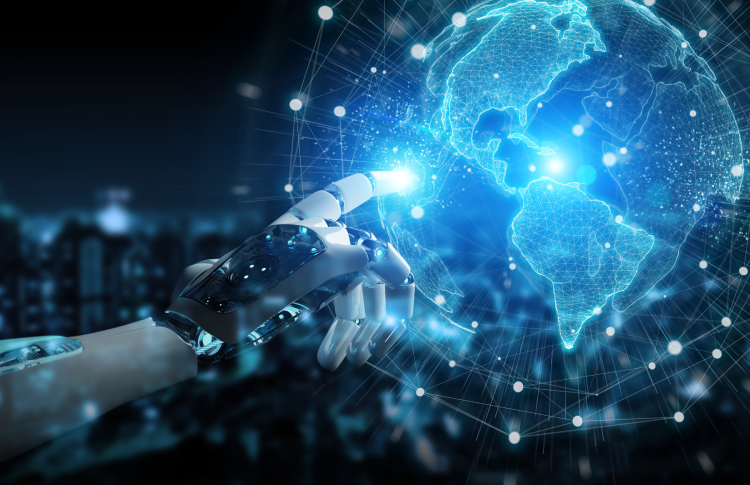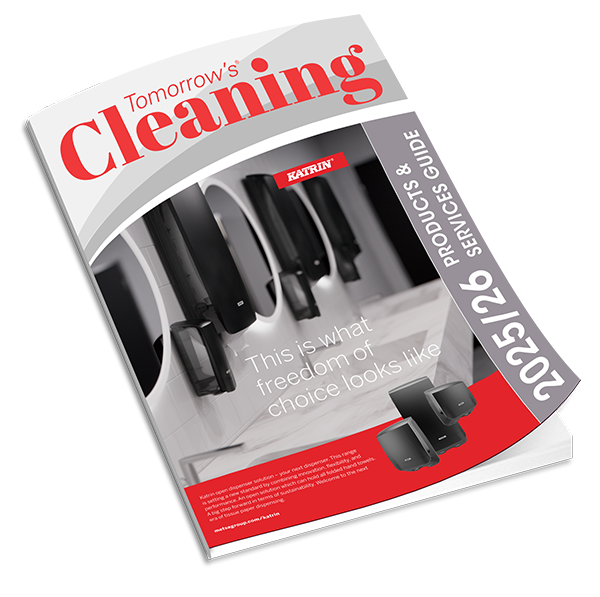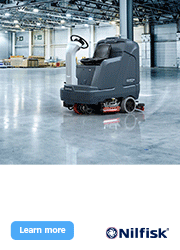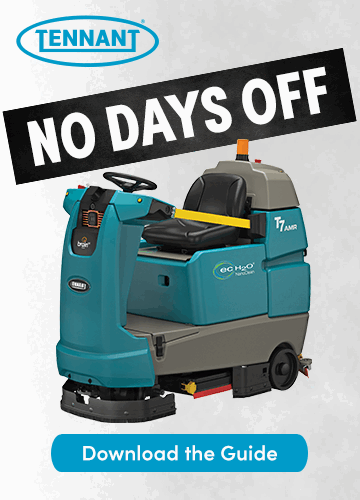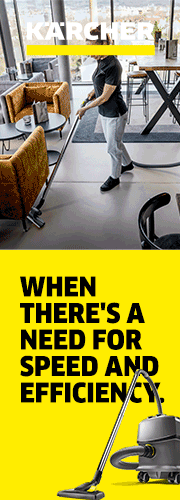Michel Spruijt, President of Brain Corp International, explains why the benefits of robotic cleaning machines extends beyond their raw cleaning abilities.
Within facilities management, cleaning is evolving into a strategic business asset thanks to the continued growth of automation and robotics in the sector. Businesses across a variety of industries are increasingly seeing the long-term value of robotics, particularly in automating mundane and repetitive cleaning tasks. Insight Partners projects that industrial robots in general are expected to grow at a compound rate of 9.39% over the next few years.
Advanced technologies like artificial intelligence and machine learning are not only making cleaning more efficient, but also offer businesses benefits that extend beyond just keeping things pristine. As traditional facility management evolves through the adoption of robotic technology, the market for autonomous robots is growing fast.
Data Bridge Market Research forecasts that the autonomous robot market will grow at an annual rate of about 19.7% from 2023 to 2030, reaching $11.6bn by 2030. Among these, cleaning robots are especially versatile across various industries, making them one of the fastest-growing segments in robotics.
Calculating the return on clean
Cleaning robots are like dependable, consistent employees working in the background. They free up time for employees and boost the productivity of cleaning crews, making operations quicker and more effective, which benefits the company’s bottom line. Future Market Insights analysis predicts a 21.7% increase in market share for the robotic cleaning technology market over the next 10 years.
Cleaning robots also enhance workplace safety by minimising human error. This is especially important for overnight cleaning shifts, where fatigue can lead to mistakes and accidents.
Moreover, cleaning robots mitigate water and chemical usage, thereby promoting sustainability. For instance, Tennant AMR machines reduce environmental impact in seven key areas, including energy use, CO2 emissions and air quality. This not only reduces environmental impact, but also improves the bottom line. According to this report by World Metrics, companies using robots have seen a 30% reduction in cleaning costs.
Employee empowerment and skill enhancement
Contrary to common misconceptions, the rise of robotics doesn’t mean job displacement. Robots are designed to handle routine, rule-based tasks, complementing rather than replacing human capabilities. Pairing humans with robots establishes a symbiotic relationship, leveraging technical tasks suitable for machines while allowing humans to focus on more complex endeavours requiring creativity and judgment. The adoption of robotics fosters collaboration, enhancing operational performance.
Deepwater research indicates a significant growth in the use of collaborative robots in manufacturing, with an estimated 34% of all industrial robots sold by 2025 being collaborative. This trend reflects broader acceptance and integration of robotics in diverse work environments, including cleaning operations, where human-robot collaboration enhances efficiency and effectiveness.
We can expect to see a symbiotic alliance grow between robots and humans. According to Goldman Sachs, 85% of employment growth over the last 80 years came from new technologies, so we can assume that robotics will generate more opportunities than it will eradicate.
Additionally, cleaning robots help retain employees by relieving staff from mundane tasks, enhancing job satisfaction and performance. Training associated with managing cleaning robots advances workers’ skills, boosting confidence and expanding career prospects. This flexibility and empowerment translate to happier, more motivated employees, ultimately reducing staff turnover.
Harnessing data
Autonomous robots aren’t just practical tools; they’re also data processors and insight generators. The data gathered by cleaning robots allows managers to optimise cleaning schedules, predict maintenance needs and identify areas for procedural improvement.
Operating like never before
By showcasing reliability, performance, and sustainability, cleaning robots actively enhance a company’s brand image. Clean facilities translate to perceptions of health and safety, increasing customer satisfaction and improving brand loyalty. The presence of cleaning robots demonstrates a visible commitment to both hygiene and innovation.
Transcending their original purpose to clean, these robots allow businesses to stay ahead of the game, become more productive and grow sustainably in a competitive field. As automated cleaning technology continues to gain greater currency, companies that grasp the significant potential in these types of innovative solutions are those that stand to gain the most.
www.braincorp.com







